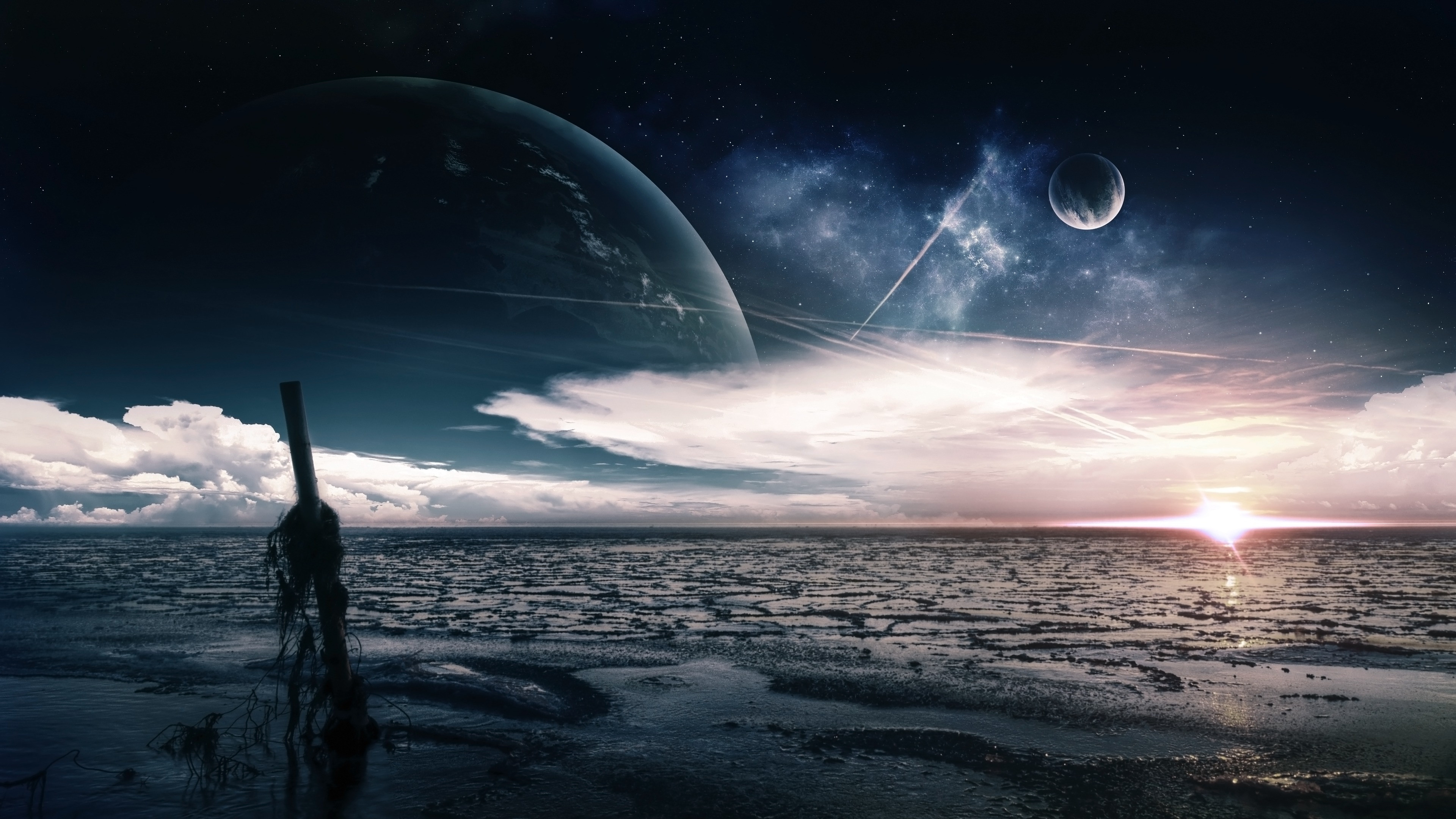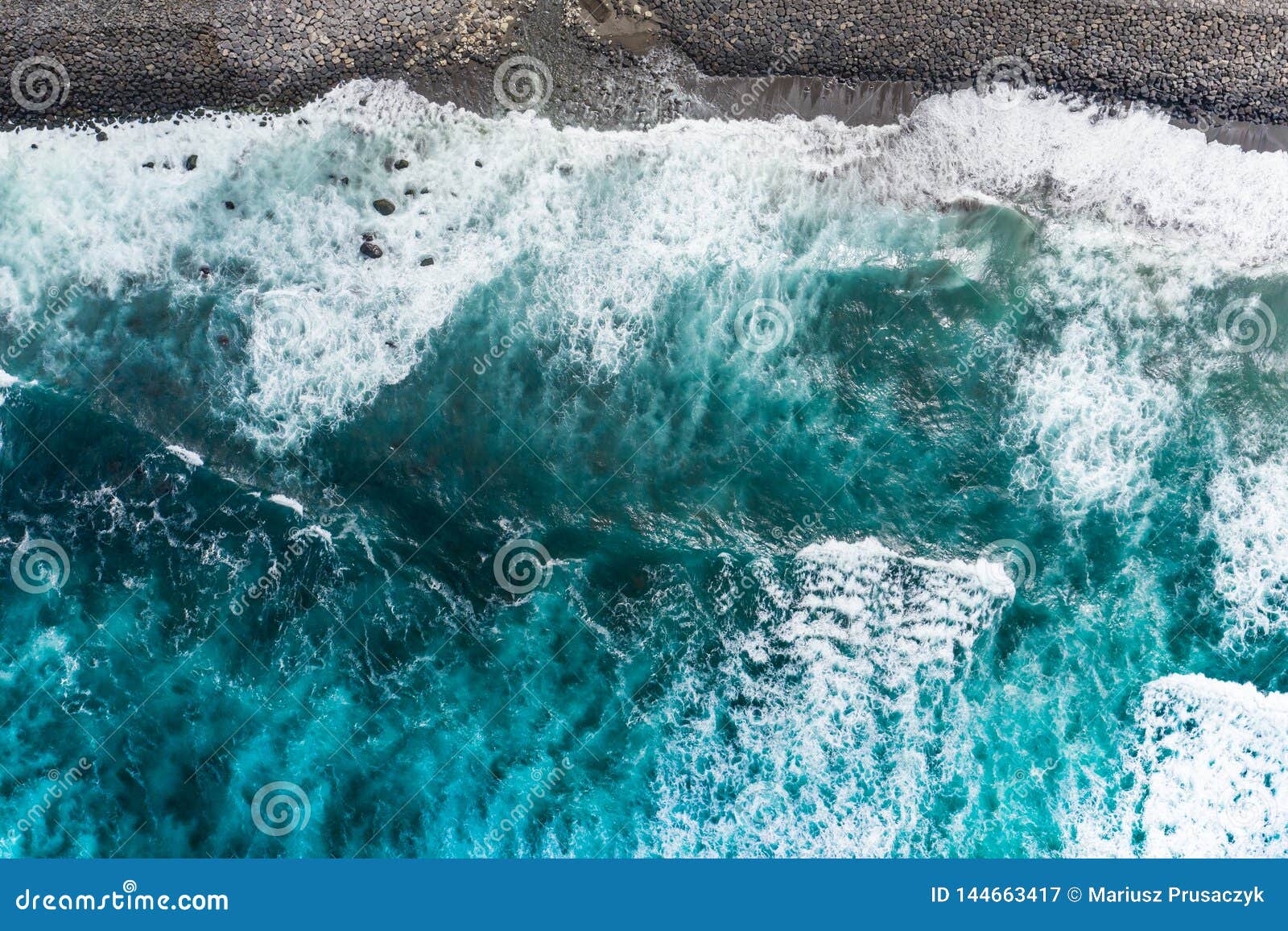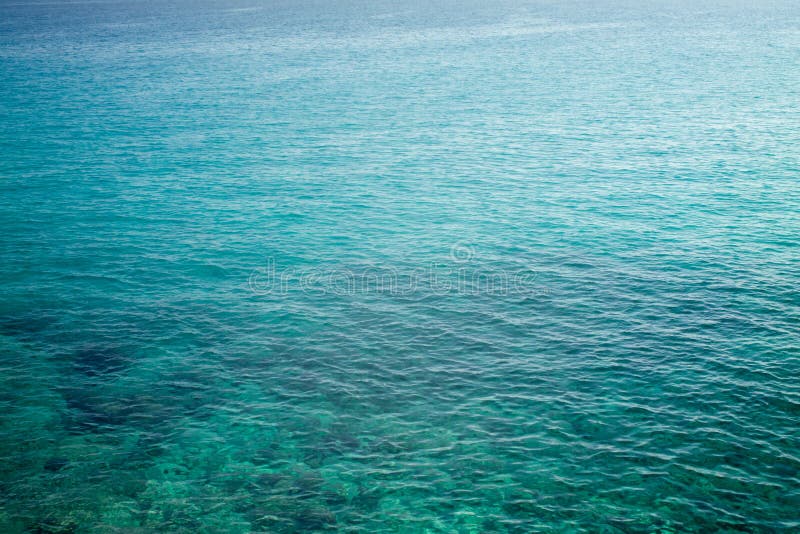


Those members on the field sink in and walk more slowly than the members still on the track. Because they approach at an angle, the band members at one end of each row step on the field before the members at the other end. Imagine a marching band arranged in rows walking across a school track. They approach a muddy field at an angle. I’ve often heard this explained using the analogy of a marching band. If the bottom is uneven, part of a wave slows down faster than another part. Remember that the bottom of the wave slows down as it drags along the bottom. This often happens because of uneven slopes under the water or patches of rocks. If you have ever been to the beach, you may know that waves can bend in one direction or the other as they approach the shore. Wave breaking Did you know the sheets of white foam formed after a wave break is known as swash? And the upper part of the beach where you might see the foam is called the swash zone. The crest eventually topples over onto the shore making the curl we are used to seeing. This causes the top, or crest, of the wave to move forward ahead of the bottom of the wave. The land beneath the water causes changes to the wave.Īs water drags along the bottom, the wave begins to slow down. The deepest part of the wave slows down more that than the top of the wave. Closer to shore, however, the water becomes more shallow. Out in the open ocean, the bottom of a wave is usually well above the bottom of the ocean. The reason is that waves behave differently as they get close to the shore. You may be wondering why water comes crashing onto the beach if waves don’t carry water. The height depends on several factors, including the amount of energy the wave has. As you can see, the height of a wave is more than what you can see. The height of a wave is the distance from trough to crest. The distance from the crest of one wave to the crest of the next is the size of the wave, or wavelength. The bottom, or trough, is beneath the surface.

The top, or crest, of the wave is the part you see rising from the surface. The overall wave can be represented by a diagram like the one below. The movement is greater near the surface and tapers off toward the bottom of the wave. Motion of water molecules in a wave pattern. But rather than moving forward with the wave, they move in a circular When water particles, called molecules, absorb energy, they begin to move. Smaller waves form in areas where winds are broken up by islands or other barriers. In areas where strong winds blow across an open stretch of ocean, waves tend to be larger. The size and speed of the waves depends on the wind. If the wind continues to blow on the ripples, they become larger and eventually form waves. Energy is transferred from wind to water, which creates small ripples. For most of the waves you see in the ocean, however, the energy comes from wind.Īs wind blows across the surface of the ocean, it pushes against the water at the surface. If you have ever thrown a pebble in a lake, you know that the pebble makes waves. The energy carried in an ocean wave can come from many different sources. It is energy that is carried toward the shore in an ocean wave, not water. And energy can be described as the ability to do work or cause something to change. So what does move with an ocean wave? Energy. That’s because the water under the buoy stays in the same place.īefore During After It’s not exactly the same, but it might help to think of a sporting event at which the crowd does “the wave.” Everyone stands up and moves, but then returns to their seats. However, the buoy is in the same place after the wave passes as it was before. As a wave passes from right to left, the buoy rises and then falls. It makes a little more sense if you picture a buoy like the one below. When you look at waves out in the open ocean, you may think that a wave is water moving toward the shore. But it also got me thinking because someone once asked me why the ocean has waves.īefore we get to the answer, let’s talk a little about what an ocean wave is. Something about watching waves can put you in a relaxing state of mind.


 0 kommentar(er)
0 kommentar(er)
